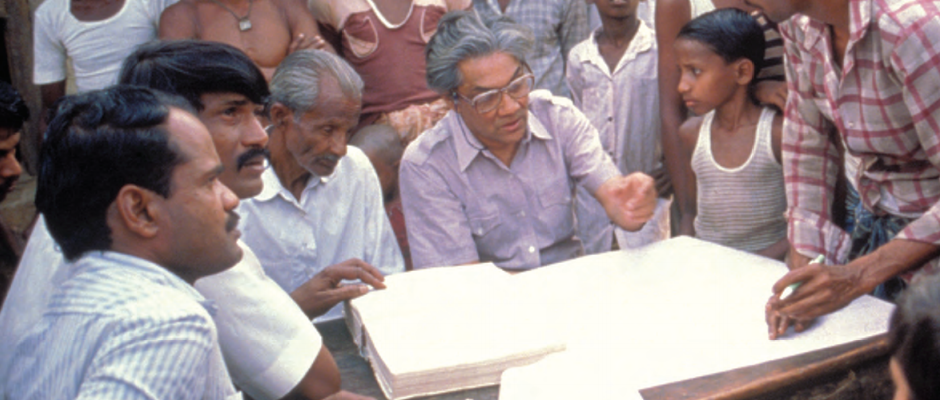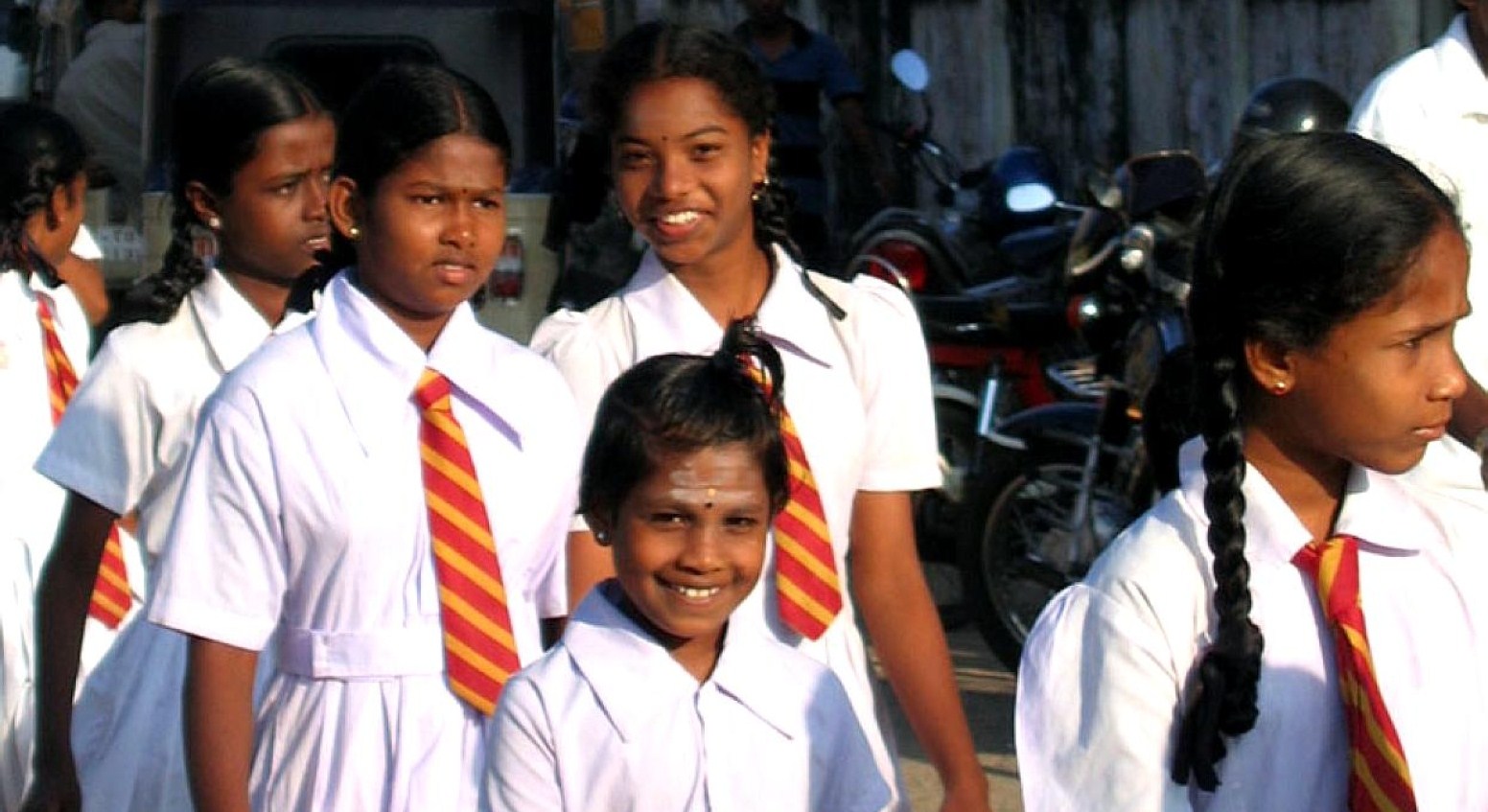
It seeks to make groundwater a common pool resource, reduce its pollution and degradation, and protect ecosystems and their biological diversity.
The Union Ministry of Water Resources has put up a Model Bill for Conservation, Protection and Regulation of Groundwater on its website www.wrmin.nic.in for comments and suggestions. This is a very important bill and needs the attention of every citizen of India, especially the 33 million or more borewell users extracting around 250 cubic km. of water from the ground.
Comprehensively drafted by a team which seems to have Elinor Ostrom as its guru, the bill seeks to move groundwater away from its current avatar under the Easements Act as a private property resource to a Common Pool Resource. The State will hold groundwater as a resource in public trust.
In the true spirit of decentralisation and the principle of subsidiarity, it seeks to empower Gram Panchayats and Nagarpalikas through a process of Gram Sabhas and Ward Sabhas to develop management plans for groundwater use in public domain and through people’s participation and approval.
Some of the objectives of the Act include:
1. Ensure the realisation of the fundamental right to life through the provision of water.
2. Meet food security, livelihoods, basic human needs, livestock and aquatic life.
3. Protect ecosystems and their biological diversity.
4. Reduce and prevent pollution and degradation of groundwater.
Challenge





